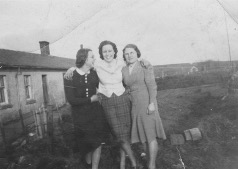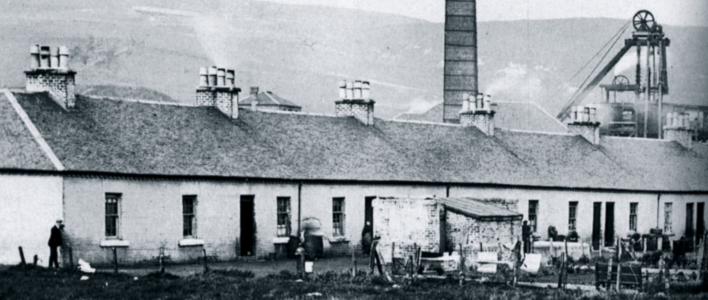The Lost Villages: An Oral History of Miners’ Rows and Deindustrialisation in East Ayrshire, Scotland.

The ‘miners’ row villages’ in the Ayrshire coalfield are a remarkable and distinctive man-made feature in the landscape and transformed the upland areas where they were set. When they were built they played a vital role but could not survive the exhaustion of the mineral resources they were built to exploit. Although deindustrialisation, depopulation and open-cast mining has destroyed much of the physical evidence of these places, there are still surviving traces of them and they are of real importance not only to the Cumnock and Doon Valley area, but to the industrial history, social and cultural history and heritage of Scotland as a whole.
The Lost Villages was an oral history project by the Scottish Oral History Centre at the University of Strathclyde, led by researchers Prof Arthur McIvor and Dr Yvonne McFadden which ran from March 2021 to August 2024. We aimed to recover the history of East Ayrshire’s Lost Villages by collecting the stories of the families who lived in the miners’ rows in the villages of Benquhat, Commondyke, Burnfoothill, Glenbuck, Lethanhill and Darnconner. As the coal pits began to close in between the two wars, such as Grasshill near Glenbuck in 1933, the lifeblood of these villages was gone. The miners’ rows were gradually demolished during the 1940s and 1950s and the communities relocated to new housing in the local area. Little, if anything, remains of the villages apart from the living memory of those who lived there.
We set out to reconstruct the social and cultural life of the vibrant coalfield communities that existed in East Ayrshire and the experience of pit closures, depopulation and community disintegration in these so-called ‘lost villages’. We wanted to tell the story from lived experience; from the memories of those who witnessed working in the coal mines and living in the miners’ rows and what it meant when the pits closed. We aimed to capture the ‘intangible history’ of life in the ‘row villages’ and the impact of deindustrialisation.
Our project book is now out with Carn Publishing https://www.carnpublishing.com/mmh.html
The book is now available free online via the University of Strathclyde Library here
Here is our project researcher talking about the project and our aims including some oral history extracts.
The project is funded by the Heritage Lottery Fund Scotland and Historic Environment Scotland, and is part of the Coalfield Communities Landscape Partnership (East Ayrshire Council).

